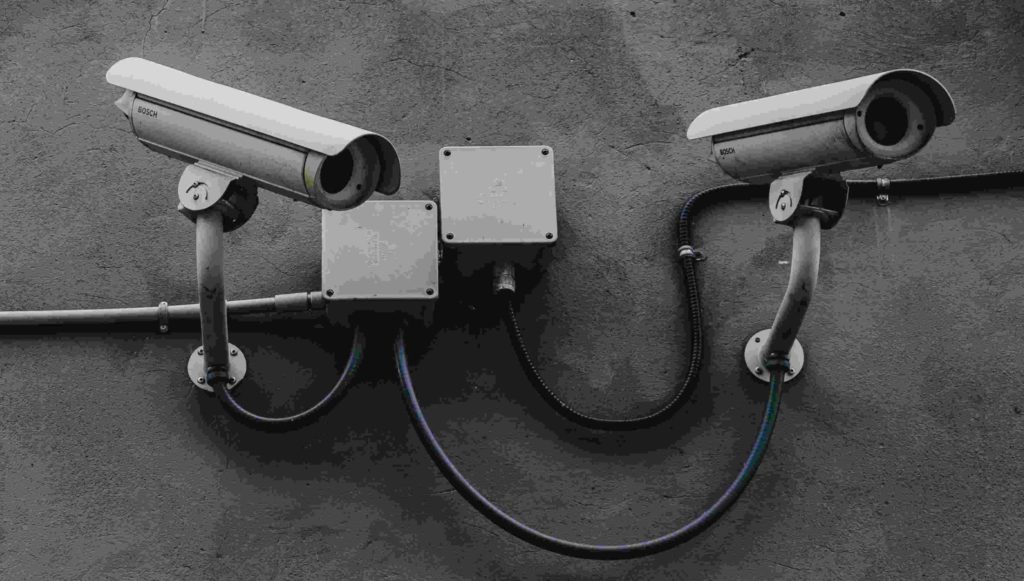Parking Control Systems: Types and Components
It is common to see urban areas slowly turning into huge parking lots, devoid of efficient parking control systems. With a parking control system in place, parking lot operators can effectively manage their spaces. Let’s take a look at the types and components of parking control systems.

Access and revenue control system
An access control system controls the access in and out of a parking lot through the use of an electronic controller. Here is how it works. Instead of driving around in the parking facility in the search of a vacant spot, drivers can simply check space availability on an LED display.
Revenue control manages payments made by parkers, depending on whether they park their vehicle on a short or long-term basis in the facility. Parkers who park their vehicle for a day or less are known as transient parkers, while those who park for longer periods are known as non-Transient parkers. Typically, revenue control refers to the servers, terminals, and kiosks used for payment and gate control in a garage.
Parking Access and Revenue Control (PARC) allows parking operators to control access and collect parking revenues easily, speeding entry and exit from a facility and securing revenues through audit records.
Control system equipment
Central to the function of a PARC system are some control equipment:
- Barriers: Hardware for controlling access to a facility
- Alarms: System generated messages that indicate potential problems with equipment
- Entry Lane Station: An in-lane cashier station or booth in the entry lane that is used for collecting payment, dispensing ticket or detecting permission to enter
- Automated Pay Station: Allows for automated ticket processing in central cashiering facilities
- Car Park Management Systems: Parking technologies beyond revenue and access control – off-street parking facilities, parking guidance systems, meter revenue systems
- Lane Controller: Electronics in the hardware that choreograph activity in a lane, sending and receiving data from a central database
- Counting System: Used for tracking the number of parkers using sensors
- Loops: Sensors that are placed in the ground of a lane to detect a vehicle passing and track occupancy
- Monitoring System: This system allows the user to view system-generated activity, alarms and occupancy within a facility
- Ticket Validator: Electronically encodes validations onto tickets
- Magnetic Stripe Reader (MSR): Hardware that reads magnetic stripes and converts information to data for use by a computer
- Encoding Station: A computer with encoding software connected to a ticket validator, used for updating a parking ticket with new information
- Exit Verifier: Hardware for verification of payment and raising the gate
- Facility Management System: Software that provides real-time reporting, monitoring and controlling of PARCS
Parking Guidance System
This system is typically internal to a facility and provides guidance with respect to open parking spaces. It detects space occupancy through sensors and shares information with GPS-enabled vehicles and smartphone apps. It can also guide traffic searching for parking spaces, improving traffic flow.
Automatic Vehicle Identification (AVI)
This system enables automatic identification of a vehicle when it enters a parking facility, allowing permission to enter and exit. AVI access includes the following methods:
- Radio-Frequency Identification (RFID): An automatic identification method that stores and remotely retrieves data using RFID tags
- License Plate Recognition (LPR): A vehicle identification technology, LPR takes pictures of license plates, reads images with character recognition software, and converts them into text for a computer to read
- License Plate Inventory (LPI): This is a process that uses LPR or the manual collection of license plate information to keep track of vehicle license plates
- Proximity Cards: This is a smart card that can be read without being inserted into a reader device
While their implementation is still to arrive in India, these parking control systems are key to ushering in an era of truly smart and efficient parking.

